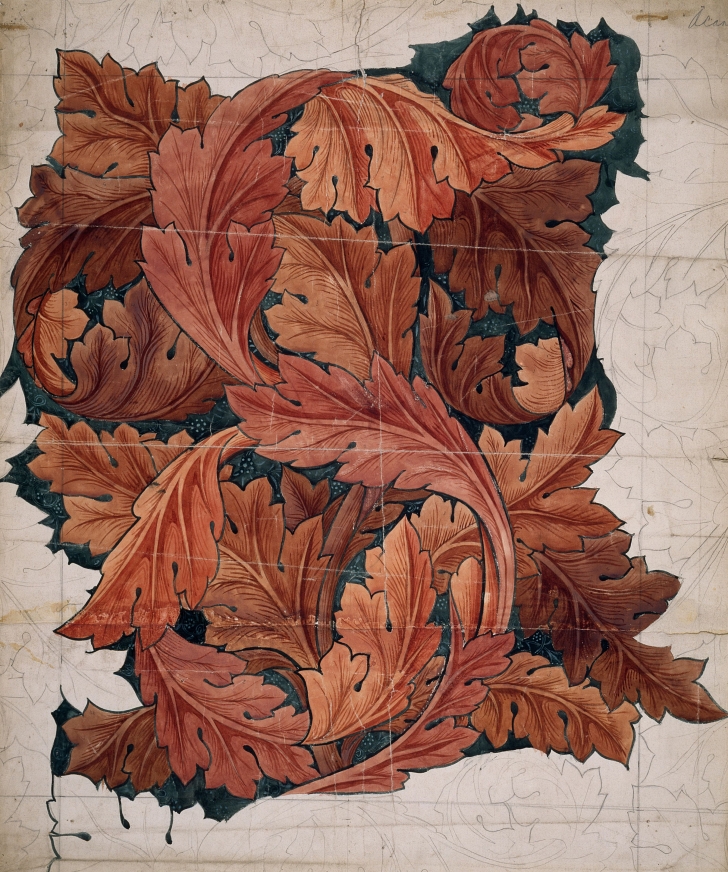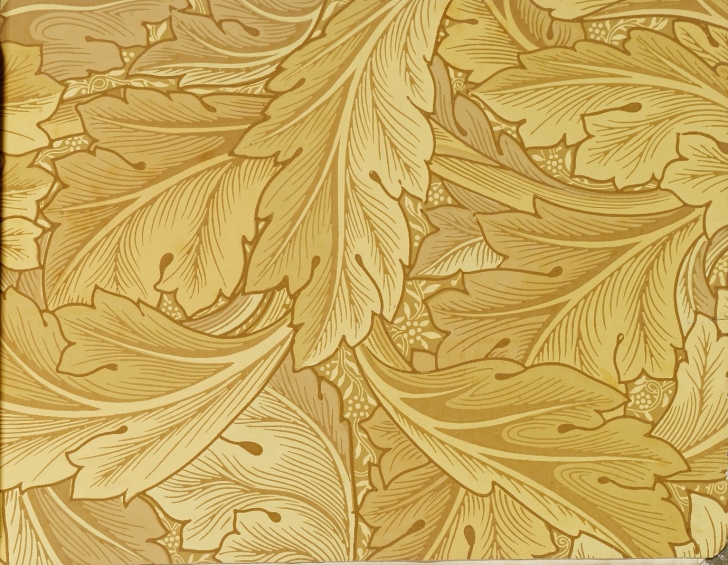The Painstaking Process of Making Victorian Wallpaper By Hand
There were 15 different colors just for one paper.
William Morris was one of the visionaries of the 19th century and a voice for the growing discontent with the mass produced objects of the Industrial Revolution. Morris believed in keeping the traditional trades alive by shunning more modern processes of production. Instead of machine-made goods, Morris envisioned a romantic home built by hand and furnished with the products of skilled labor. To this end, his wallpapers were printed by hand in a painstaking process that took specialized equipment and a whole lot of time to make just one roll.

Morris’ wallpapers became well known and are so popular that they’re still sold today! All of his wallpapers revolved around nature, such as his Strawberry Thief paper depicting a small bird that has plucked a strawberry by its stem. His Willow Boughs paper is so simple that it looks as though it could have been designed yesterday.
One of his popular papers was the Acanthus Leaf pattern. This almost medieval design features curling acanthus leaves in coordinated hues with a dark background of tiny flowers. To create each of his papers a series of blocks had to be made which corresponded to different design elements of the paper. These carved printing blocks took different colors of ink so that when printed in a particular order the effect was a dazzling array of colors and shapes.

For the Acanthus Leaf pattern 30 such blocks were employed for the design. The blocks were set into a frame, which was attached to a spring overhead. This allowed the artisan to move from the inking station to the printing station easily.
Each of the 15 colors in the design were mixed by hand, though there were also simplified versions of the Acanthus Leaf pattern that took fewer colors to create (pictured below).

The long rolls were left to dry on dowels hung from the ceiling after each color was printed. This was so that when the next color of the design is printed on the paper the colors don’t run together and in this way a crisp pattern was created every time. With all that the drying time it could take up to a month to finish the printing run!
See exactly how this intricate wallpaper would have been made (from start to finish) in the video below from the V & A Museum.
SKM: below-content placeholderWhizzco for DOT

